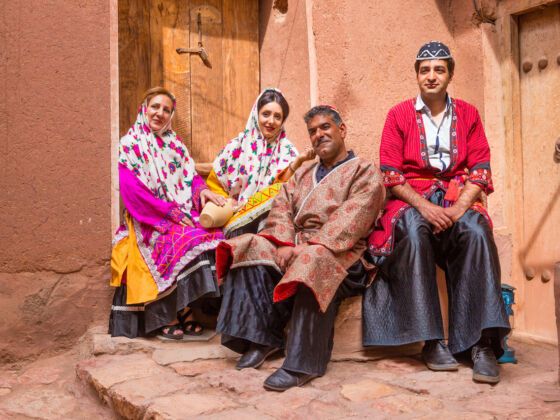I WAS TALKING LAST WEEK with a friend about Paris, and about how much fun I’d had when I went there a year ago. “Of course,” she said, “It’s a shame you can’t go there now.”
“Sorry?” I asked, “Why can’t we go?”
“Well, it’s just too dangerous now, after the attack.”
There were a lot of things I could have said. That the city was still, in spite of the attack, a very safe city to visit, that choosing to not go to the city was actually an act of acquiescing to what the terrorists wanted, or that other major cities were just as big of targets for terrorists as Paris, but what really stuck out in my mind was, “What’s wrong with visiting dangerous places?”
